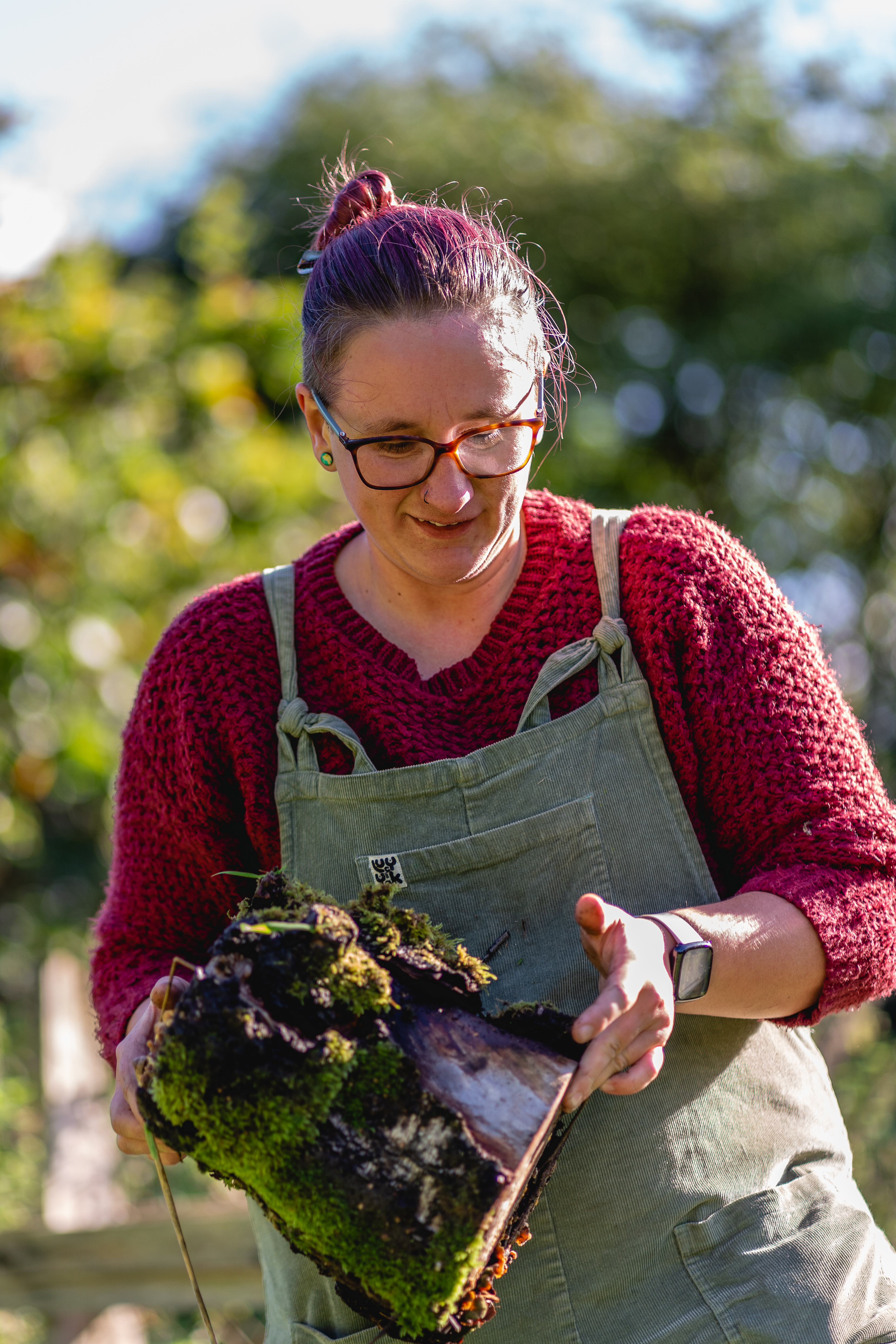Exploring Art and Data - Insight into "Making with Data: Physical Design and Craft in a Data-Driven World”
- Rachael Prime

- Feb 23, 2024
- 3 min read
In a world that is surrounded by data there is a newly emerging creative expression when art meets data - a realm of endless possibilities where data supports art, and art is inspired by data.
A brilliant initial documentation of this journey is "Making with Data" by Samual Huron, Till Nagel, Lora Oehlberg and Wesley Willett, offering an insight into this digitally inspired way of working. This book offers examples from Handcraft makers, work involving community participation as well as highlighting the ever present issues with our environment.

Rachael Prime has been exploring Data as an inspiration source as part of her Developing Creative Practice project (funded by Arts Council England) and through discovering "Making with Data," Rachael has begun to explore how data can be served as a catalyst for storytelling, enriching the narrative of her artwork with layers of information and complexity.
Within the book there were a key number of elements that fed into Rachael practice exploring this new way of thinking.
Firstly, allowing the data to dictate the final look of her artworks, for example creating visual examples of species of plants that have been found when she has explored familiar local places, or number of items created that represent certain datasets in physical form. It's a potentially fascinating fusion of art and information, resulting in visually interesting pieces but also ones that spark meaningful conversations about the data and the ideas behind them. An artist example within the book of this is the viral temperature blankets that have appeared over the last few years on social media. Representing global weekly temperatures with a particular colour of wool and either crocheting or knitting a row or granny square for a year, creating an annual unique blanket supporting clear data of rising temperatures visually.

In addition the book explores ways to create interest in a potentially dry topic using art and creative practices to help people understand data better. Within Rachael’s practice development she is exploring how her work could bridge the gap between abstract thought and comprehension for the general public. Making the data more accessible and engaging for a broader audience. Example of this way of working with data is physically representing vast numbers that are usually too large to visualise. This was achieved within a piece named "Of All the People in the World." created by Stan's Cafe where visualising population levels with a single grain of rice for each person, creating vastly different sized piles for such topics as city populations or deaths in the Holocaust. Creating clear comparisons between each of the datasets sparking conversations between viewers.
While the book looks into many different ways of using data within a visual art practice, the "Handcraft" section definitely fitted well into Rachael's practice developments. Combining computer-generated data with traditional handmade techniques, incorporating mediums such as ceramic and textiles to create pieces that can be touched and provided a traditional dimension to the data.

"Making with Data," is a great peek into the world of Visual art created using data, showcasing many visual artists, ways to work with data through clear sections and examples of different art pieces. It even breaks down some of the processes artists and implemented allowing others to learn and develop their own techniques. Overall it is a book that wants to share, inspire new artists, to explore the role of data within their own work and how it could support a deeper understanding of a multitude of topics and concepts.







Comments